Catherine’s fabric-and-glass piece, a collaboration with BJ Sandiford that hung last in Receiver Coffee, has a lovely new home outside Happy Glass next door. Pop up and take a look.
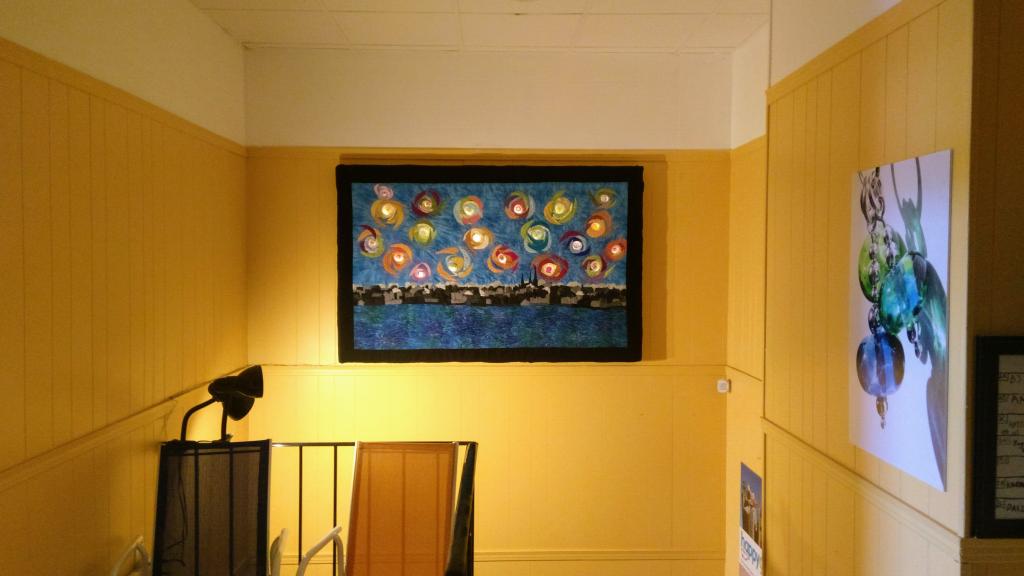
Here’s a sketch I made last night of Oliver, sitting on the couch in his usual perch, using his MacBook Air:
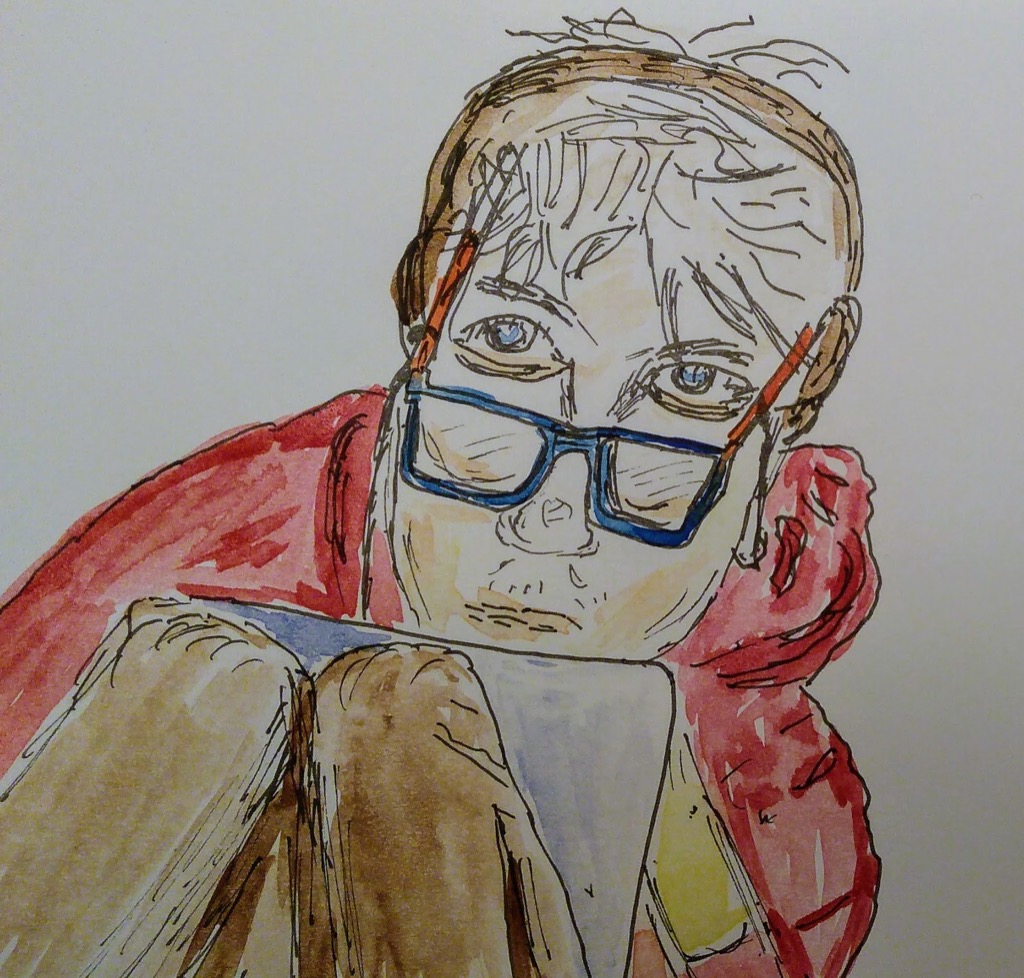
The Charlottetown Farmers’ Market was open on Wednesday for the first time this season today, and it will be open every Wednesday into the fall.
If you’ve only ever experienced the market in its claustrophobia-inducing Saturday edition, try coming out on a Wednesday: it’s busy, but it’s a nice, gentle, easy busy.
I’ve resolved to try to eat lunch there every Wednesday this summer. Perhaps you’d like to join me?
I ended up there today for almost the entire afternoon, and by the time I was ready to leave, the market vendors were packing up their stalls. I wasn’t content to depart, however, without taking the chance to sketch the market in its relatively lonley state, and so I set myself up on a windy picnic table outside for a few minutes and made this, which I think does it some justice (except for the curvy stairs: drawing curves still frazzles out my brain).
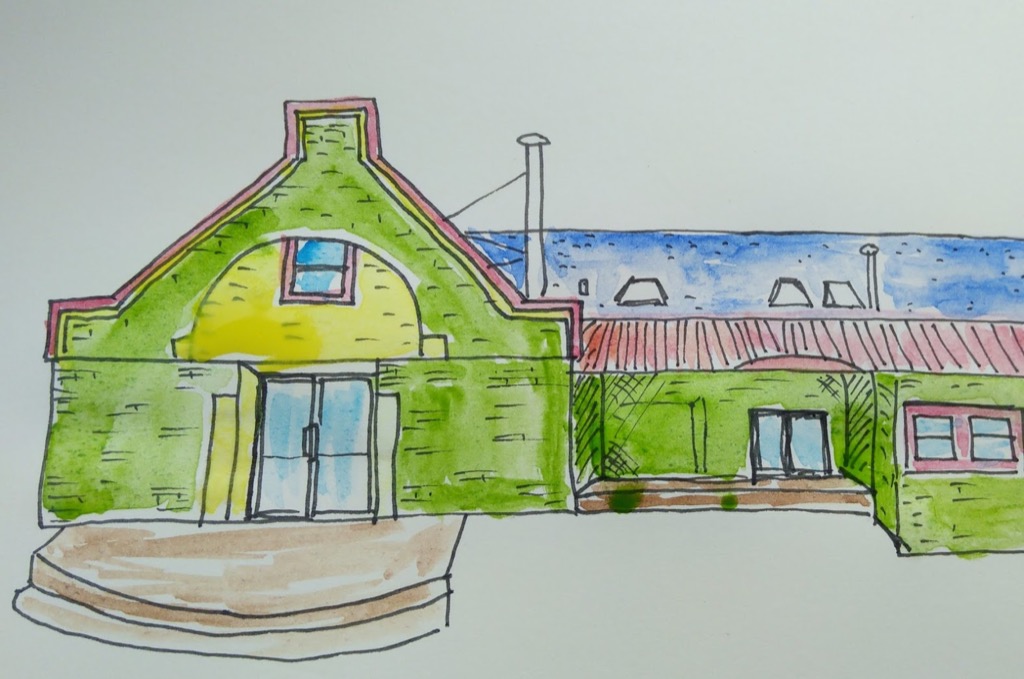
This was my first season with winter tires on my car. I should have done it years ago: winter driving was so much better this year.
I was late getting summer tires back on, and so, in a bid too be super-organized, I made an appointment for November 6 to get winter tires put back on.
I have never felt so organized as I do right now.
Following the questions from Mr. Blunt, we’ll hear from Ms. Candid, Mr. Lax, and Ms. Obtuse.
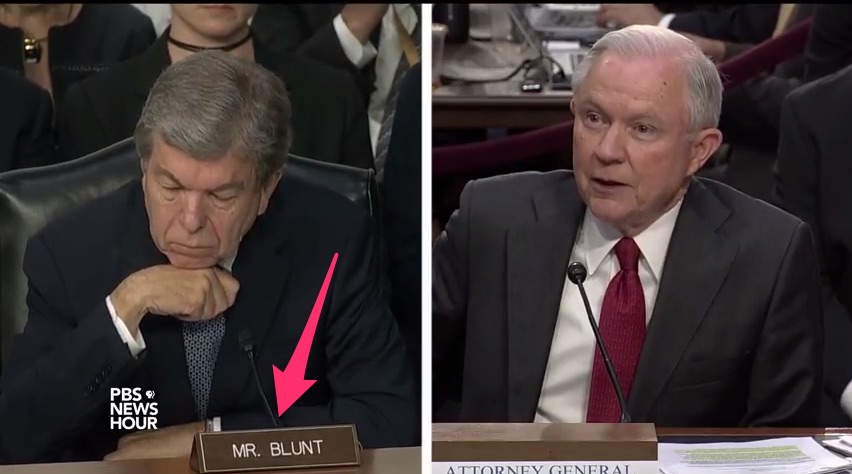
Here’s the finished version of the map of Charlottetown that I started on this morning. I added Charlottetown at the bottom in 60 pt. Akzidenz Grotesk, and punched a 3/8 inch hole at the top. I’m not entirely sure why the hole, but it works.
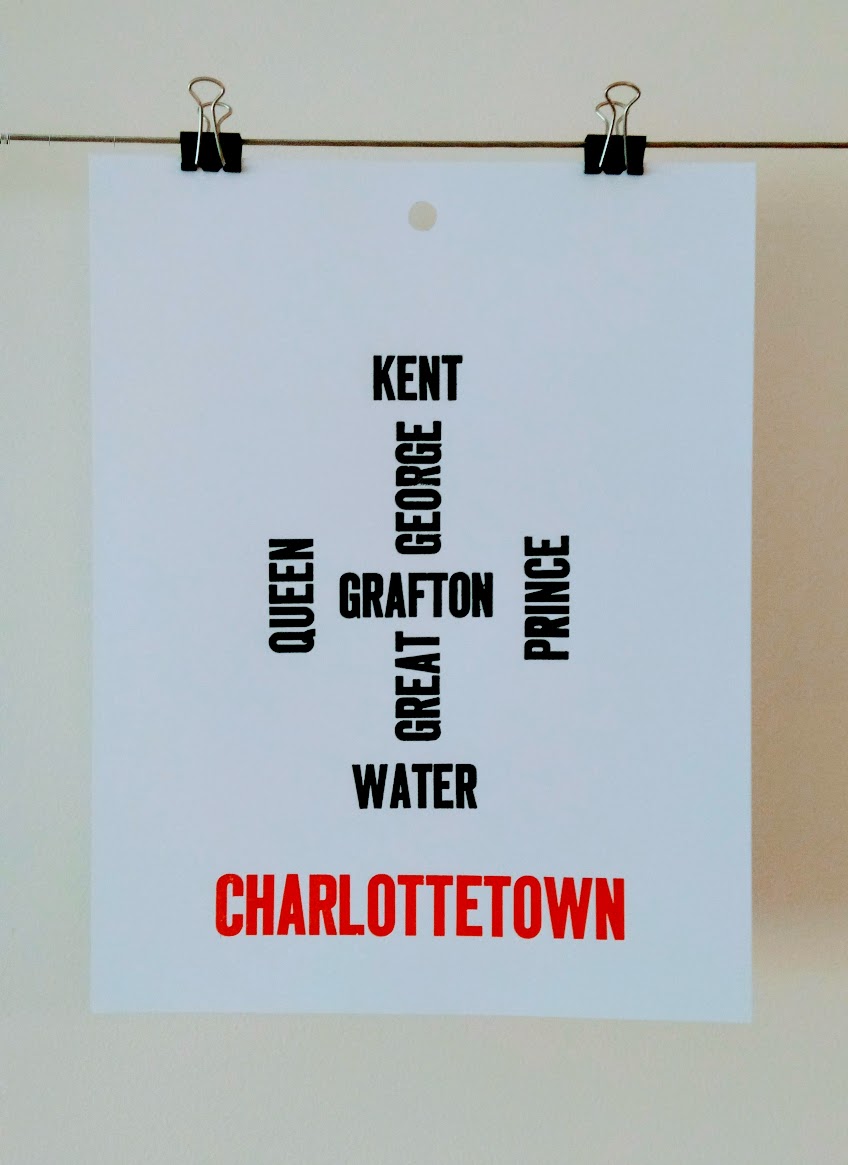
In addition to the printing part of this project, it’s been interesting to consider the notion of the least-detailed-but-still-useful version of a map of the city. I see a lot of tourists wandering around Charlottetown with maps in their hands looking confused, and I think part of the reason for this is that they don’t understand the fundamentals: Kent is the head, Great George is the spine, Queen and Prince the arms, and Water the feet.
Once you understand that, everything else is easy:
- “The Confederation Centre is at the corner of Queen and Grafton.”
- “Dave’s Lobster is at the foot of Prince Street, just below Water.”
- “Meet me at my house on Prince Street just south of Grafton.”
- “Ken’s Corner is on Fitzroy (one street up from Kent) and Weymouth (two blocks east of Prince).”
Available for sale in my shop.
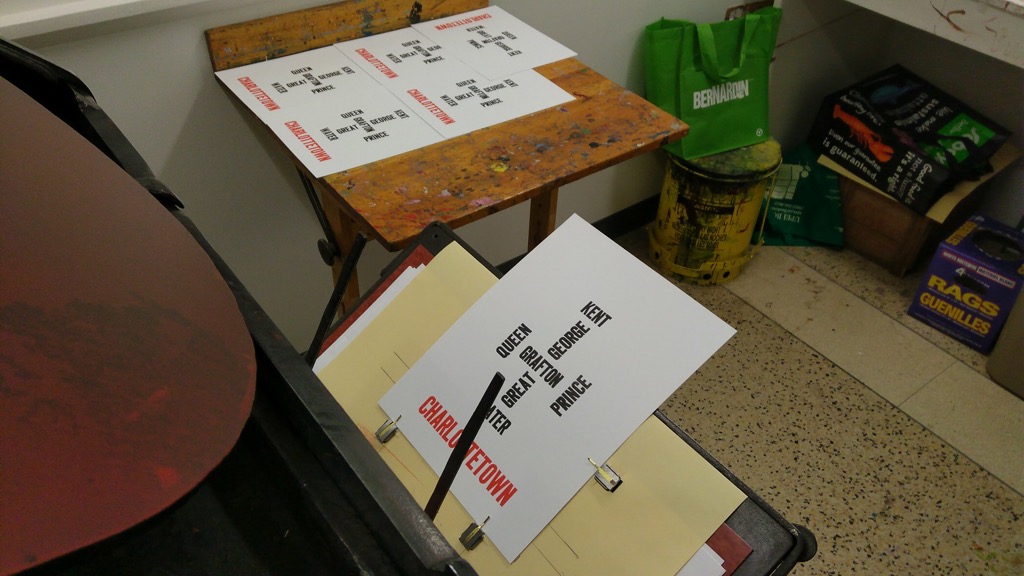
Our friend–and Oliver’s former helper–Derrick Biso announced their engagement on Facebook. Oliver responded with his wedding speech:
Derrick (I Met through Lindsay “My Helper Before Derrick”) Jann (I Met Through Derrick “My Helper and LGBTQIA+ Teacher and many other things such as Yoga, Meditation, Mindfulness, Etc.”) Derrick and I went to Cloggeroo (“The Folk Festival in Georgetown”) Together, Hung-Out Together doing Yoga, Meditation, Mindfulness, Etc., and Did Many Other Things Together. We’re The Best of Friends. Jann went along with Derrick to My Grade 9 Graduation, My House Summer Party (German-Themed). They’re so much special human beings and the best of my friends. -Oliver (Friend of Derrick and Jann)
This was a beast to print because the type, 48 pt. Akzidenz Grotesk, is old and worn, and so prints unevenly. But with some judicious masking, and a whole lotta packing, I made it (mostly) work.
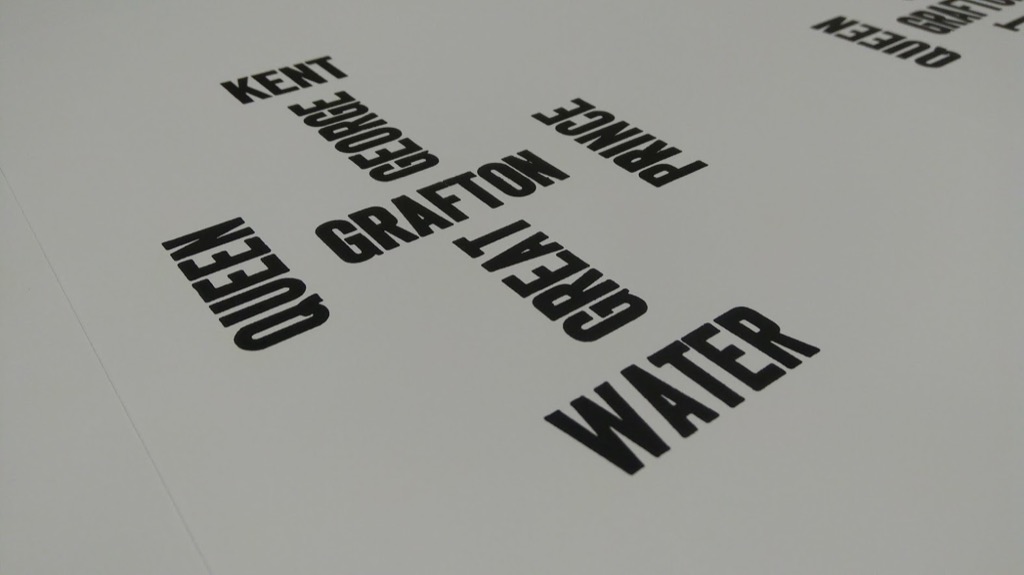
I’ve entered the heady “draw on anything that’s not nailed down” phase.
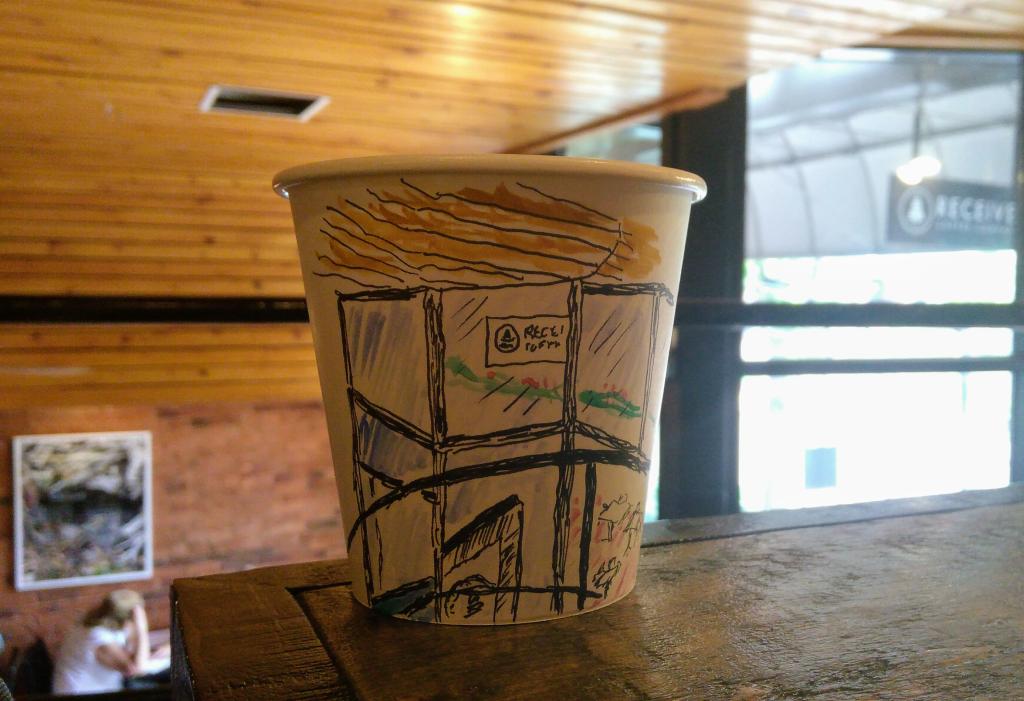
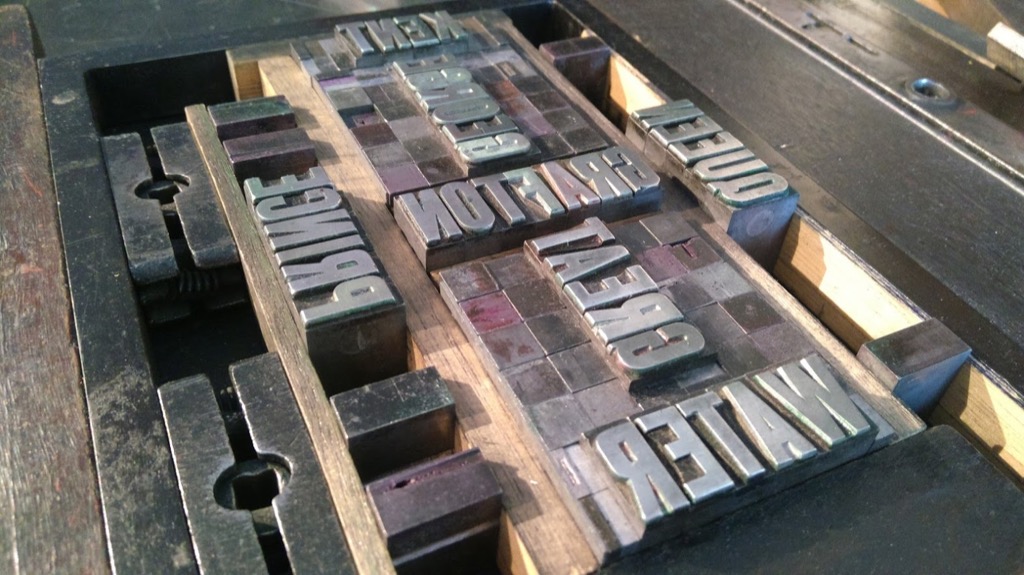
 I am
I am